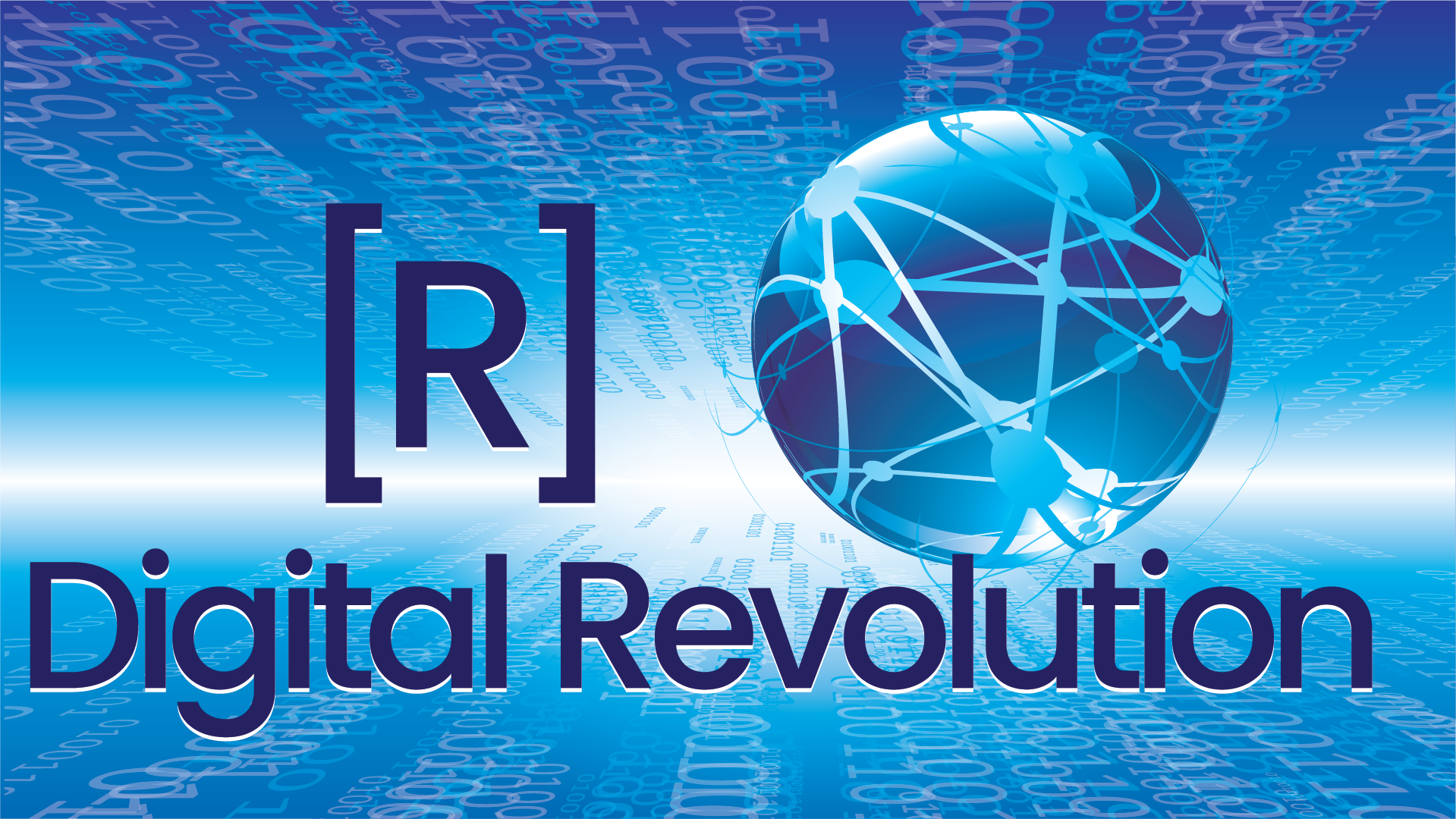
Micro-Targeting in the Social Media Stratosphere Transcript
We are constantly providing data advertisers and organizations through every search we perform, every article we read, even what video we watch. This information is being taken and used to change our opinion of political parties, products or even health issues. This podcast explains the micro-targeting phenomenon and what it means to the digital marketer.
Transcript – Microtargeting in today’s social media
There are literally hundreds of social media networks from which to choose in today’s online community. Regardless of your tastes or interests, there is a platform that speaks to it. And believe it or not, the platforms can also be segmented into the various types and users. But why does the world share a collective obsession in staying connected online or a more interesting question would be, why have the corporations taken such an interest in this technology?
With so many inputs available in the world today, organizations are clamouring for the attention of the typical consumer. Whether they visitor is watching cat videos on Facebook or buying a product online, data is being constantly collected. This information is drawn from a user’s previous search history, who they are from a demographic position, who their friends and family are, their political views, their fears or their favorite news topic, the information is being collected and used in real-time to drive purchasing decisions, the way we view world events, or even how we vote. This technique is called microtargeting and means that an advertiser takes what is known about the digital consumer and segments them into small groups for content targeting. For instance, if you have bought a ticket to your favorite musician’s concert, you could see an increase in advertisements about hotels in the area of the show, or information about a similar artists latest release of an album. Although it helps deliver highly relevant content to your computer screen, with great power comes great responsibility and there are organizations that use this insight to send you information that is inaccurate or biased and designed to change your perception or opinion of something.
In fact, it is argued that the Republicans utilized microtargeting to sway the votes of millions of users, helping Donald Trump win the election. In fact in tight swing states you can see how being 100x to 200x as efficient as your competition can significantly help your party’s cause!
So it seems like this is a small thing, but if managed correctly, it can be a significant game changer as the major platforms all have similar business models of developing a highly addictive mechanism to deliver content while collecting as much information about the individual as possible using algorithms designed to predict what content will keep us engaged and distribute targeted ads that will compel us to click. Let’s break this down. If you were of voting age in the US and were a supporter of Clinton in the 2016 election which was established by what news sites you visit, what articles your read, and what you share on your social network, you may have experienced ads in the guise of articles predicting Clinton as the winner by a land slide. The result? Many voters would deem their vote unnecessary and choose not to submit their ballot and in doing so, the Republican voters would have shown up in full force shifting the number of votes from the Democrats to the Republicans.
But politics aren’t the only culprit when it comes to microtargeting. For example, during the COVID-19 pandemic, there was a divisive push between those who would and those who would not wear masks. To help drive their interest, there was a spread of misinformation distributed in an attempt to sway people’s opinions on the subject. For example, if you were, by determination of the algorithm a “masker”, you would receive misinformation about the efficacy of the mask, the need to wear one and the level of infection in your immediate community. Yes, the information can be boiled down to the neighbourhood level. The intended result was that people would change their opinion based on the misinformation being spread.
Now let’s apply this same level of information to a business purpose. Let’s say that you were launching a new product, like a new model of electric automobile. As a digital marketer, you could flood the market with advertisements, similar to how advertisers used to execute campaigns. The impressions would be great, but are you getting the biggest value for your money? Another approach would be to target the viewer who is looking at, and reading articles about electric cars and exploring websites from car dealerships. Based on this insight, it makes the most sense to micro-target viewers so that your message is reaching the right people at the right time.
As you can see there are dark corners in online marketing but there are also excellent opportunities to drive conversion. It is this level of engagement that makes the social stratosphere an exciting place to be. Until next, I am Keith Connell, welcome to the digital revolution.
Photo by Matt Botsford on Unsplash
All music used by license from Story Blocks (www.storyblocks.com).
The content of this podcast cannnot be rebroadcast or remixed with the artists expressed written consent.
© 2021. Keith J Connell. All international rights reserved.





